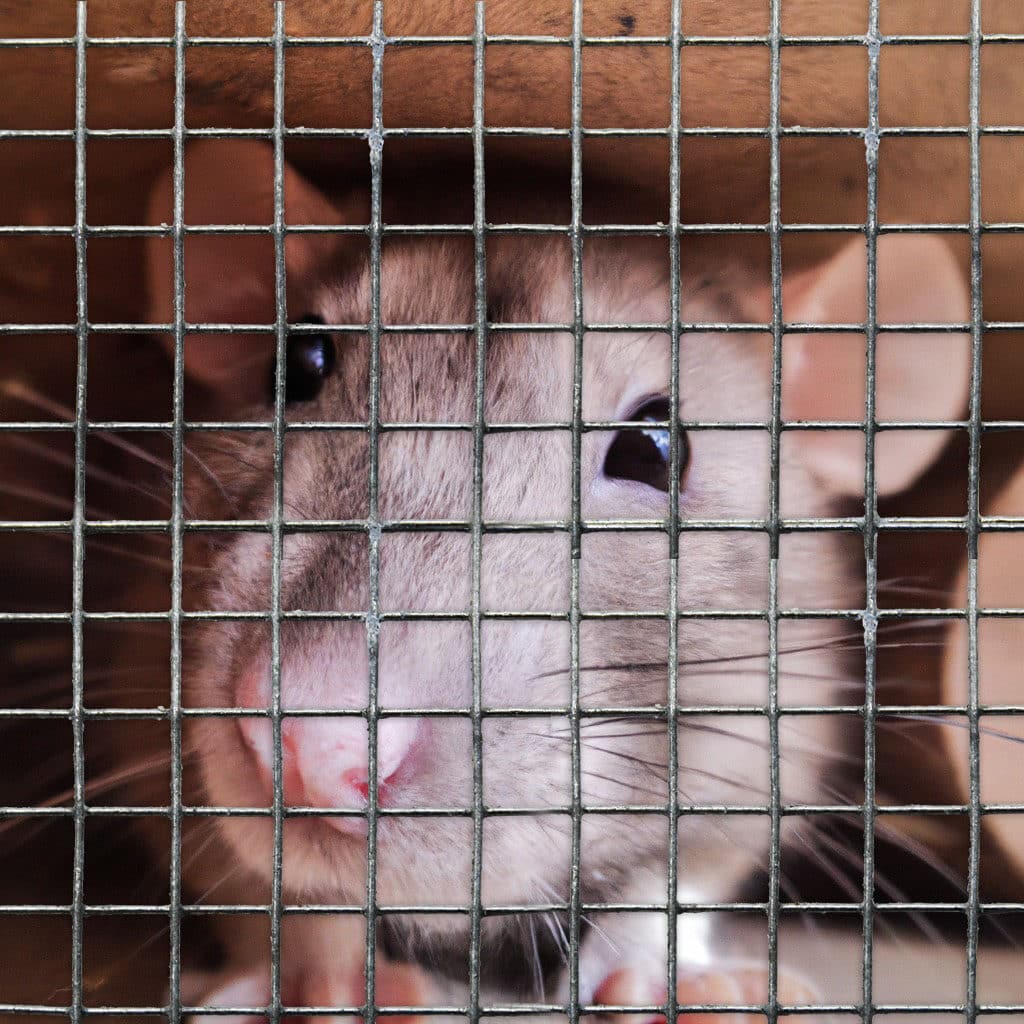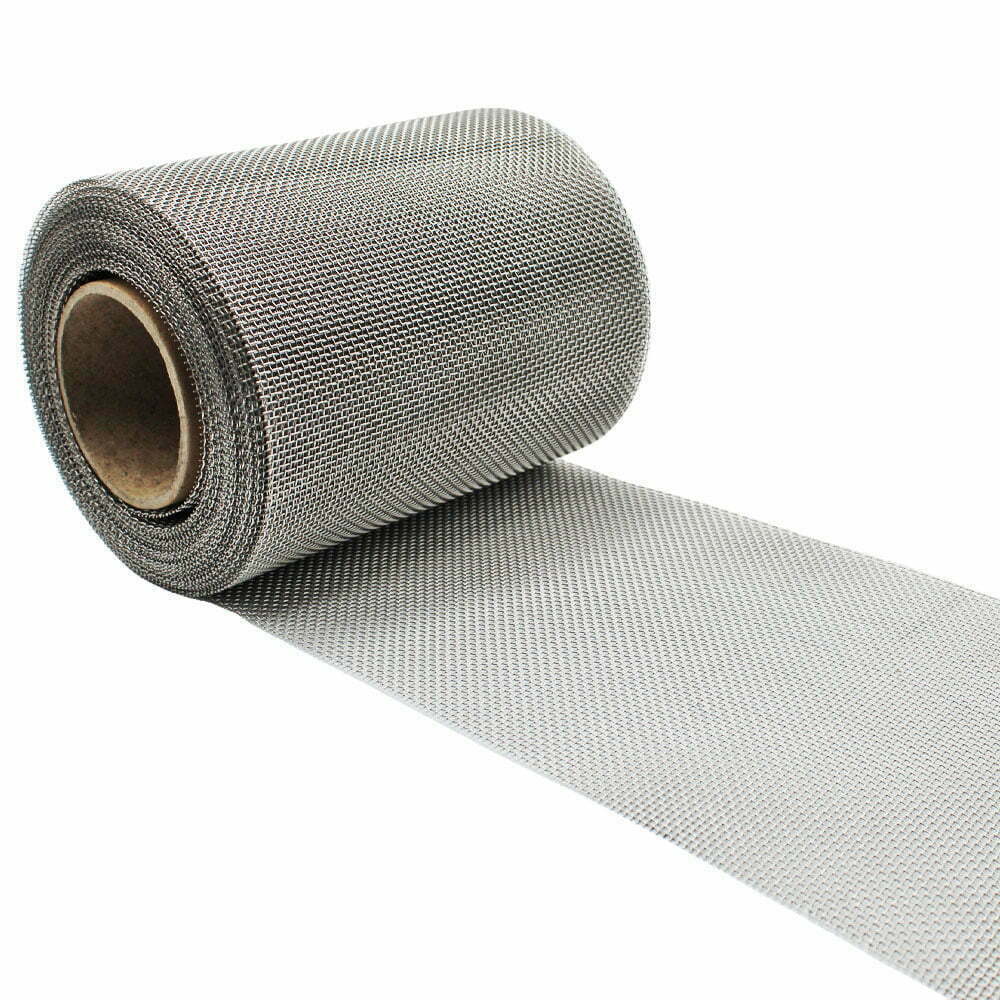









A rodent mesh roll is a great way of preventing pests from entering your home. It’s a simple and easy solution that can be installed quickly and will last for years.
In this short blog post we’ll cover the basics of how to use rodent mesh in the home, including what you need, how to install it, and when to replace it.

Before getting started with installing a rodent mesh roll in your home, there are some key items you’ll need to have on hand. The first is obviously the rodent mesh itself which comes in a variety of sizes and materials depending on your needs.
You’ll also need metal strips or screws to attach it securely to the wall or door frame, as well as sealant or caulk for any potential gaps between the wall and door frames. Finally, you’ll need protective gloves, a dust mask, and safety glasses for any potential debris during installation.
While rats are known for their strong teeth and ability to chew through many materials, steel rodent mesh is typically too tough for rats to chew through. Galvanised steel mesh is a strong and durable material that can provide effective protection against rodents, especially when it is properly installed and maintained.
However, it’s important to note that rats are persistent and resourceful creatures, and they may still be able to find ways to get through steel mesh if they are determined enough. This could include finding weak spots in the mesh or gnawing on other nearby materials to create an opening. Therefore, it’s important to make sure that any holes or gaps in the mesh are repaired promptly, and to take other measures to discourage rats from entering your property, such as keeping food stored in secure containers and sealing up any potential entry points.
Here are some of the most common areas where rodent mesh may be used:
Lofts: Rodents such as rats and mice are known to infest loft spaces, so it’s important to use rodent mesh to seal up any openings that could allow them to get inside.
Crawl spaces: Crawl spaces are another common entry point for rodents, so using rodent mesh to cover any vents or openings can help keep them out.
Foundations: Rodents can enter a home through small cracks or gaps in the foundation, so using rodent mesh to cover any openings or gaps can prevent them from gaining access.
Vents: Rodent mesh can be used to cover any vents on the exterior of a home, such as dryer vents or HVAC vents, to prevent rodents from getting inside.
Doors and windows: While rodents are not typically able to chew through glass or metal, using rodent mesh to cover any gaps or openings around doors and windows can help prevent them from finding a way inside.
Once you have all the necessary supplies ready, it’s time to get started with installation! Start by measuring out your desired area. Make sure that you leave enough room for any trimming later if needed.
Next, cut out the mesh using either scissors or wire cutters if needed; again making sure that there is enough room for adjustment after installation.
Then attach the metal strips along each side of the mesh using either screws or nails. Make sure that each strip is firmly attached so that no rodents can squeeze through any gaps!
Finally apply sealant or caulk around edges of both walls and frames before finally attaching the mesh in place with more screws/nails or even adhesive tape if needed.
Easy.
Rodent mesh should be replaced every few years depending on its condition – check periodically for signs of wear and tear such as rusting or holes which would indicate replacement is necessary sooner rather than later! Additionally keep an eye out for any new holes appearing near entrances – this could mean rodents have managed to find their way in despite your best efforts. Lastly make sure that all seals are still intact after each replacement – this will ensure maximum protection from pesky critters.
Stainless steel rodent mesh will last the longest and require the least amount of replacements during its lifespan.
Installing a rodent mesh roll in your home is a great way to prevent pests from entering without having to resort to heavy duty chemicals or traps that could potentially harm pets/children too! It’s an easy process when done correctly but does require some time and effort so make sure you have everything ready before starting out. With these tips in mind you should have no trouble creating a safe pest-free space in your home!
As always, thank you for checking out our blog. We hope that this helps you with your project. We try to launch a couple of new guides every week. Eventually we will have covered everything there is to cover about mesh.
Our goal for our blogs and help guides is to answer as many questions as possible to help to explain the possibilities of mesh to our customers. Contact our team today if you have any questions at all. We are always really keen to help in any way that we can.
